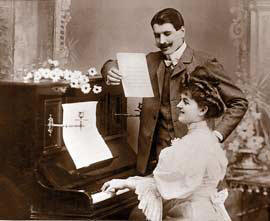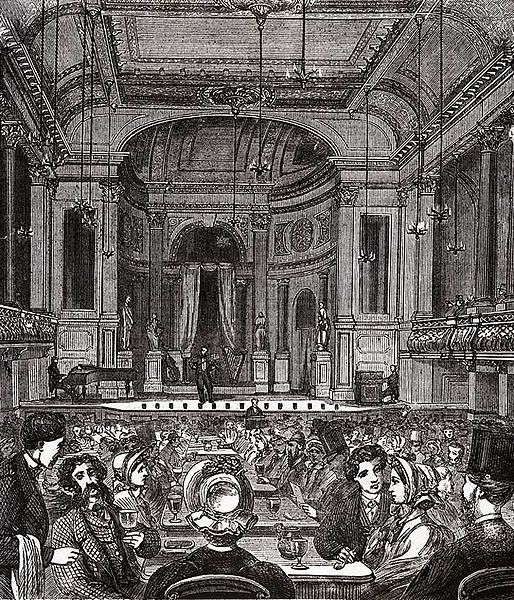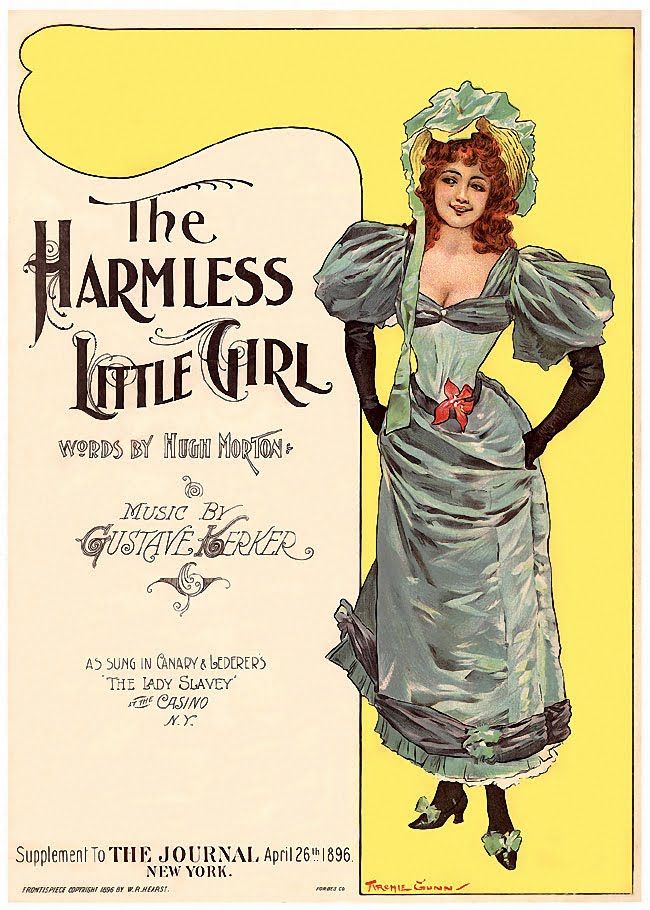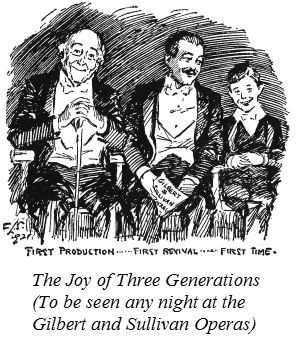Victorian Music

The Victorian era is as lengthy as the Regency is brief and surely one of the richest periods of invention and discovery. From Darwin to Dracula and everything in between we see huge leaps of understanding in science and an explosion of creativity whilst at the same time Britain appears to want to take over the world. After the Napoleonic wars, foreign conflict was minimal but instead the disturbance came from within. Only with the Reform Bill and the repeal of the Corn Laws, was a French style revolution averted in England.

The line between ‘classical’ and ‘popular’ music seems a little more fixed. On one side we have the likes of Chopin, Brahms, Mendelssohn and Liszt with their gorgeous romanticism and virtuosity and on the other we see the rise of popular songs which reflect every aspect of Victorian life, with subject matter including literally everything from the invention of the postage stamp to the misery of poverty. Although ‘serious’ composers also wrote salon music designed to be played at home, song was king and subject matter was rich and varied from comic and bawdy, from the Music Halls to sentimental and religious. Just looking at the cover pages of song sheets is an education in itself and dazzling in its range of art and invaluable in its source of social comment.

The bourgeoisie were becoming increasingly prosperous with the industrial revolution and soaring foreign trade and with that came more leisure time in which to explore music and the arts as well as indulge in a few parlour games. Centre stage was the upright piano. Still a status symbol, it had evolved from the ubiquitous square piano but with much more volume and expressive capabilities and, like everything else in the period, increasing amounts of ornamentation. It was the luxury piece of furniture that every middle class home must have and appeared with increasingly ingenious modifications such as incorporating in the bottom half, a cupboard for wine and dessert!
Unsurprisingly, the obligation of ministering to the male was as much a part of domestic music-making as of a woman’s other household duties. Women seemed to choose self-contained instruments, like the harp, guitar, or piano, which could supply their own harmony. There were certain other practical restrictions to choice however, imagine trying to playing the very unladylike cello whilst wearing a crinoline. So it seemed that ‘a woman’s place’ was most certainly ‘at the piano’. According to Rev. Haweis,
‘That domestic and long-suffering instrument, the cottage piano, has probably done more to sweeten existence and bring peace and happiness to families in general, and to young women in particular, than all the homilies on the domestic virtues ever yet penned.’

No mention of Victorian music would be complete without the inclusion of Gilbert and Sullivan and their success mirrors the Andrew Lloyd Webber industry of the 20th century. This music formed a huge portion of that heard outside of the home.
Tastes were eclectic, opportunities to hear music publicly were many and, with the mechanisation of printing, sheet music became increasingly cheap, so entertainment in the parlour was blossoming and it is this that I like to tap into in my performances. I try to represent the whole landscape of composition that flourished there, be it the wonderful repertoire of piano music like Mendelssohn’s ‘Songs without words’, or the endless Victorian Songbooks which tell us so much about this amazing period of history.
If you would like to enquire about how I might add an element of music to your event or venue, please head to the contact page and send me a message.